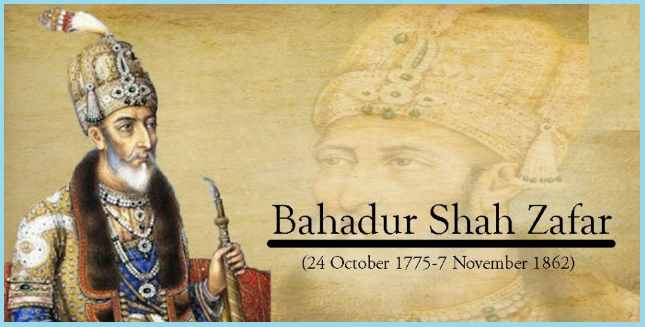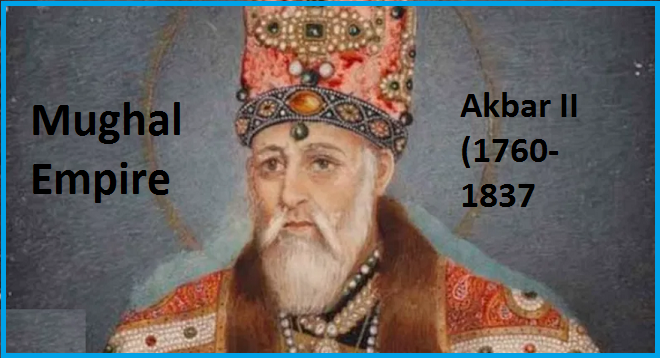Aurangzeb Remarkable Reign
Introduction: The Mughal Empire under Aurangzeb
The Mughal Empire reached both its zenith and, some argue, its eventual decline under the reign of Aurangzeb Alamgir, the last of the “Great Mughals.” Known for his austere lifestyle, Aurangzeb ruled from 1658 to 1707, emphasizing Islamic governance in ways that distinguished him from his predecessors. His reign remains a subject of fascination for historians and readers alike, due to the complexity of his policies, his expansive military campaigns, and his religious fervor.
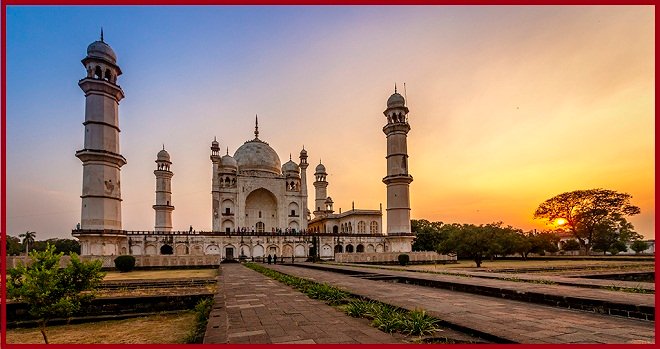
Aurangzeb’s story is one of ambition, devotion, and discipline, contrasting with the lavish lifestyles often associated with Mughal rulers. His commitment to faith, reforms in administration and international diplomacy reveal a leader deeply invested in the principles of his rule, even at the cost of unity in his vast empire. (Focus Keyword: “Aurangzeb’s Legacy”)
Aurangzeb’s Full Name and Background
Aurangzeb was born Abul Muzaffar Muhi-ud-Din Muhammad Aurangzeb on November 3, 1618, to Shah Jahan and Mumtaz Mahal. From a young age, Aurangzeb displayed intelligence and discipline that set him apart from his siblings. His family background was an intriguing blend of Persian, Turkic, and Rajput heritage, with influences that shaped his identity and, in turn, the empire’s destiny. Aurangzeb’s upbringing, steeped in Islamic teachings, foreshadowed the role he would eventually play in enforcing religious policies within his empire. (Focus Keyword: “Background of Aurangzeb”)
Early Life and Ambitions
Aurangzeb’s early life was marked by rigorous training in Islamic law, administration, and military tactics. By age 15, he demonstrated his bravery by single-handedly facing a charging elephant, an act that won him praise and respect in court. This period laid the foundation for Aurangzeb’s character: ambitious, courageous, and unwavering in his beliefs. He was also deeply influenced by the teachings of his tutors and clerics, which would later drive many of his religious policies. (Focus Keyword: “Aurangzeb’s Early Life”)
The Rise to Power: Governor of Gujarat and Deccan
Aurangzeb’s early appointments as governor in Gujarat and later the Deccan honed his administrative and military skills. In Gujarat, he was known for his disciplined governance, and in the Deccan, he faced complex political challenges that would become defining elements of his later rule. His time as governor exposed him to the economic and religious dynamics within India, reinforcing his commitment to Islamic governance. (Focus Keyword: “Aurangzeb as Governor”)
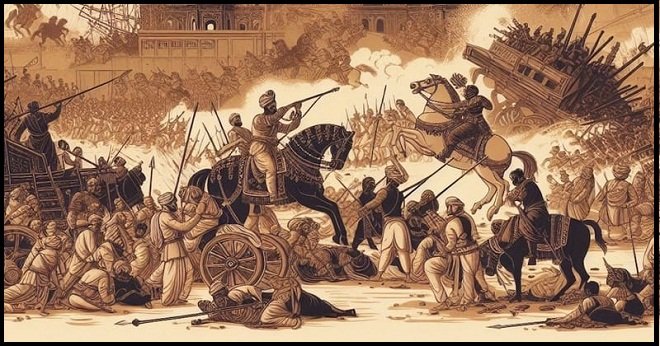
War of Succession: The Path to the Throne
When Shah Jahan fell ill in 1657, a fierce succession war broke out among his sons. Aurangzeb’s brothers Dara Shikoh, Shuja, and Murad posed significant threats, each backed by different factions within the empire. Aurangzeb’s tactical skill and decisiveness led him to victory. He defeated Dara Shikoh, the favored heir, and eventually imprisoned his father. His successful, though ruthless, campaign to secure the throne marked the beginning of a new era in Mughal history. (Focus Keyword: “War of Succession”)
Aurangzeb’s Reign: Governance and Bureaucracy
Aurangzeb’s reign was distinct in its focus on discipline and austerity. He implemented strict policies that reflected his religious values, banning music and other cultural practices that he considered frivolous. He also replaced much of the courtly indulgence with administrative rigor, demanding accountability and efficiency from his officials. His bureaucratic reforms were intended to centralize authority and enhance control, though they sometimes alienated various regions within his empire. (Focus Keyword: “Governance of Aurangzeb”)
Economy and Taxation Policies
One of Aurangzeb’s most controversial decisions was to reinstate the jizya, a tax on non-Muslims. This move, while economically beneficial in the short term, created tension between Muslim and non-Muslim subjects. Aurangzeb believed the jizya aligned with Islamic principles, yet it also reinforced religious divisions within his empire. His taxation policies and economic strategies reflected his prioritization of religious obligations over unity. (Focus Keyword: “Taxation Policies of Aurangzeb”)
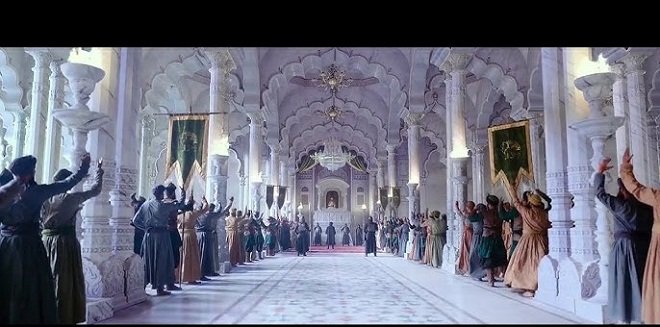
Religious Policies and Cultural Influence
Aurangzeb is often described as a “zealous ruler” due to his strict adherence to Islamic principles. He banned practices he viewed as un-Islamic, which affected art, music, and other cultural expressions within the empire. While some contemporaries admired his piety, others saw his policies as divisive and restrictive. His religious stance led to varying levels of resistance and admiration, illustrating the complexity of his rule. (Focus Keyword: “Religious Policies of Aurangzeb”)
Administrative Reforms and Revenue System
Aurangzeb’s reforms emphasized law and order, prioritizing revenue collection to fund his expansive military campaigns. He introduced a series of legal reforms that aligned with Islamic jurisprudence, aiming to standardize governance across the empire. His emphasis on revenue systems, including land reforms and the tax structure, made the administration more stringent but efficient. (Focus Keyword: “Administrative Reforms by Aurangzeb”)
Currency and Coins: Symbolism in Rule
Aurangzeb’s currency featured inscriptions that highlighted his commitment to Islamic rule, omitting images and icons. His coins, stamped with his titles and Islamic phrases, symbolized his religious authority and were a reflection of his commitment to faith as the foundation of his governance. (Focus Keyword: “Coins of Aurangzeb”)
Legal Policies and Military Campaigns
Aurangzeb’s legal and military policies worked hand-in-hand to strengthen his control. His campaigns in the Deccan and against the Marathas were part of his drive for expansion but proved costly. These prolonged campaigns drained the empire’s resources, though they also showcased Aurangzeb’s military prowess. (Focus Keyword: “Military Campaigns of Aurangzeb”)
Art, Culture, and Architecture Under Aurangzeb
Aurangzeb’s architectural projects were fewer than his predecessors, as he funneled resources into military efforts. His constructions often lacked the grandeur of Shah Jahan’s projects, yet he encouraged calligraphy and textile crafts, emphasizing a restrained aesthetic. This reflected his principle of austerity. (Focus Keyword: “Art and Culture in Aurangzeb’s Time”)
Foreign Relations and Diplomacy
Aurangzeb’s relations with foreign powers reflected a blend of diplomacy and religious allegiance:
Ottoman Empire: Strong ties due to Islamic solidarity.
Europeans: Complex trade dynamics with the British, French, and Dutch.
Anglo-Mughal War: Rising conflicts with the British marked a key shift in Indian history.
Each relationship reflected his complex balance of faith and pragmatism, as he worked to maintain the empire’s influence globally. (Focus Keyword: “Foreign Relations of Aurangzeb”)

Rebellions and Challenges to Aurangzeb’s Authority
Aurangzeb faced numerous uprisings:
Maratha Conflict: A costly and enduring battle with Maratha leaders like Shivaji.
Sikh and Pashtun Rebellions: These uprisings were partly fueled by Aurangzeb’s religious policies.
Each rebellion added to the pressures on his rule, highlighting the challenges of maintaining control over a diverse empire. (Focus Keyword: “Rebellions during Aurangzeb’s Rule”)
Death and Reflections on Aurangzeb’s Legacy
Aurangzeb died in 1707, marking the end of an era. His legacy is a complex one, with historians debating his influence on the Mughal Empire’s stability and unity. His simple burial in Khuldabad reflects his personal austerity, while his reign is remembered for both his discipline and the controversies surrounding his religious policies. (Focus Keyword: “Legacy of Aurangzeb”)
Aurangzeb had five sons. Here’s a quick overview of each of them, along with their birth and death details:
Sultan Muhammad Azam Shah
Born: 28 June 1653
Died: 20 June 1707
Azam Shah briefly succeeded Aurangzeb after his death but was killed in the battle of Jajau by his half-brother, Bahadur Shah I, during a struggle for the throne.
Bahadur Shah I (Shah Alam I)
Born: 14 October 1643
Died: 27 February 1712
Bahadur Shah I became the Mughal Emperor after the brief rule of his brother Azam Shah. His reign lasted five years, marked by efforts to stabilize the empire.
Muhammad Akbar
Born: 11 September 1657
Died: 31 March 1706
Akbar rebelled against his father in 1681, aligning himself with the Marathas, and eventually fled to Persia, where he lived in exile until his death.
Muhammad Kam Bakhsh
Born: 6 March 1667
Died: 14 January 1709
Kam Bakhsh declared himself emperor in the Deccan but was defeated and killed by Bahadur Shah I’s forces as part of the succession wars following Aurangzeb’s death.
Sultan Muhammad Muazzam (later Bahadur Shah I)
Born: 14 October 1643
Died: 27 February 1712
Also known as Shah Alam I, he succeeded Aurangzeb and ruled from 1707 until his death in 1712. His rule was marked by attempts at reconciliation among factions within the empire.
These sons of Aurangzeb played pivotal roles during and after his reign, with each facing the complex challenges of succession in the Mughal Empire.
Aurangzeb had five daughters. Here’s a brief look at each of them, along with their birth and death details:
Zeb-un-Nisa
Born: 15 February 1638
Died: 26 May 1702
Zeb-un-Nisa was known for her intellect, poetry, and scholarship. She was a celebrated poet under the pen name “Makhfi” and supported the arts during her life, although she remained unmarried.
Zinat-un-Nisa
Born: 5 October 1643
Died: 7 May 1721
Zinat-un-Nisa was deeply religious and known for her charitable works. She never married and lived a quiet life dedicated to spirituality, earning a place of respect within the Mughal family.
Zubdat-un-Nisa
Born: 2 September 1651
Died: 17 February 1707
Zubdat-un-Nisa married Prince Sulaiman Shikoh, a grandson of Dara Shikoh, Aurangzeb’s elder brother. She lived most of her life within the confines of the Mughal court.
Badr-un-Nisa Begum
Born: 27 November 1647
Died: 9 April 1670
Badr-un-Nisa was less prominent in the historical records, and not much is known about her life except that she died relatively young.
Mehr-un-Nisa
Born: Exact birth date unknown, around the mid-1650s
Died: Exact death date unknown, but she passed away young
Like Badr-un-Nisa, Mehr-un-Nisa’s life details are scarce, and she is less noted in historical records.
Aurangzeb’s daughters played various roles in the royal court and, for the most part, led lives marked by spirituality, scholarship, and the arts.
Aurangzeb had multiple wives, but he had three main consorts who were most prominent in his life. Aurangzeb had multiple wives, but he had three main consorts who were most prominent in his life. Here’s an overview of these wives, including their birth and death details where available:
Dilras Banu Begum
Born: 1622
Died: 8 October 1657
Marriage Date: 1637
Background: Dilras Banu Begum was a Persian princess and the daughter of Shahnawaz Khan, a noble of the Safavid lineage. She was Aurangzeb’s first and chief consort and was given the title “Rabia-ud-Daurani” after her death. She was known to be a loyal wife but preferred to remain aloof from the politics of the court. at her honor, Aurangzeb constructed the Taj Mahal-like “Bibi Ka Maqbara” at Aurangabad, Maharashtra.
Nawab Bai (also known as Rahmat-un-Nisa)
Born: Exact birth date unknown, likely early 1620s
Died: 1691
Marriage Date: Around the 1640s
Background: Nawab Bai was the daughter of a Rajput noble. She is known as the mother of Aurangzeb’s most prominent sons, including Bahadur Shah I and Muhammad Akbar. Unlike Dilras Banu, Nawab Bai was actively engaged in the lives of her sons, especially during the succession struggles. She eventually lived a quiet life and died a few years before Aurangzeb.
Aurangabadi Mahal
Born: Exact birth date unknown
Died: Unknown
Marriage Date: Likely in the 1650s
Background: Little is known about Aurangabadi Mahal’s personal life, but she was one of Aurangzeb’s later wives. She was a significant figure in his life, although she did not wield substantial influence in the empire’s politics or court affairs.
Other Consorts and Less Prominent Wives
Aurangzeb had other wives and concubines, but records about them are limited. They did not play major roles in the royal court and were not as historically notable as his main consorts.








